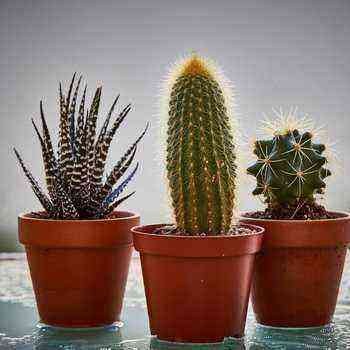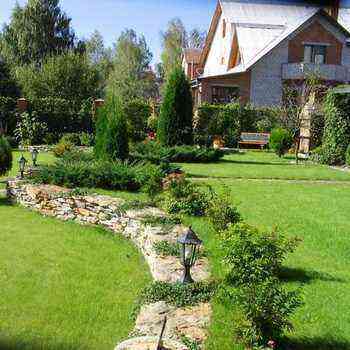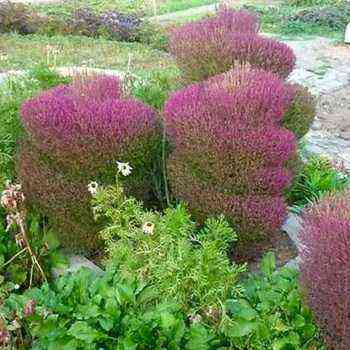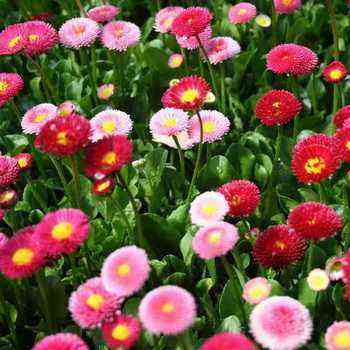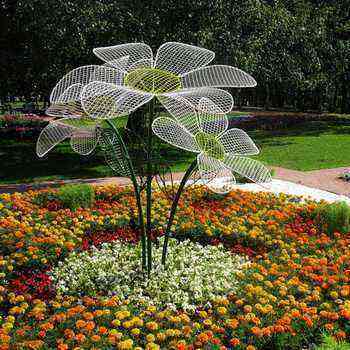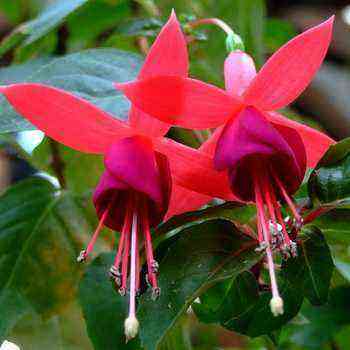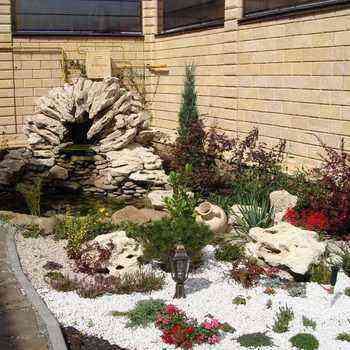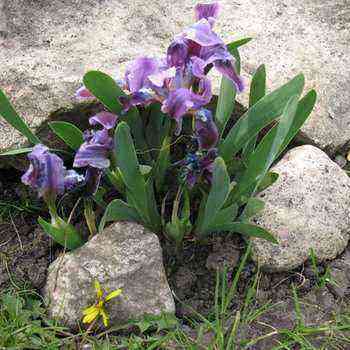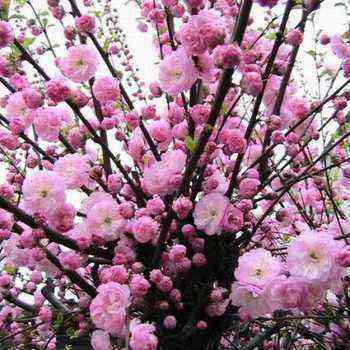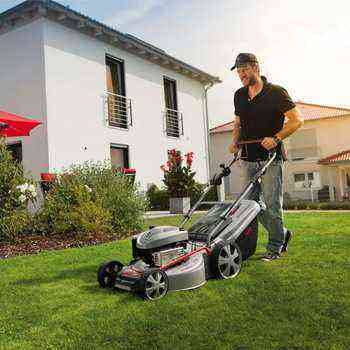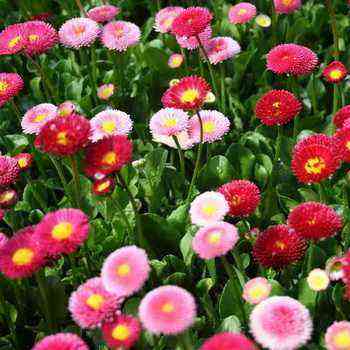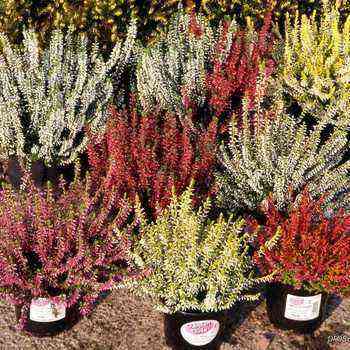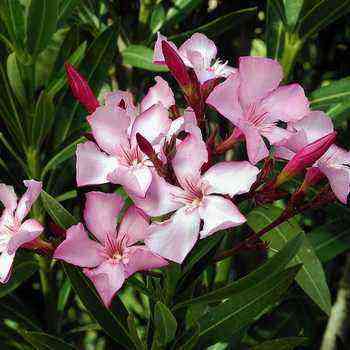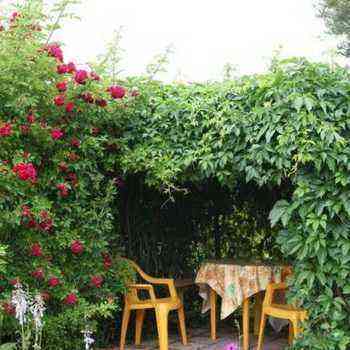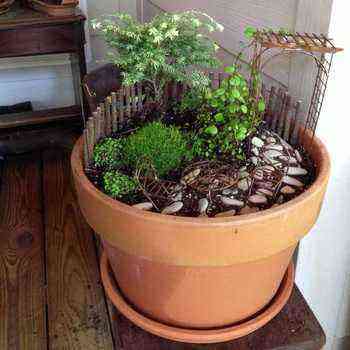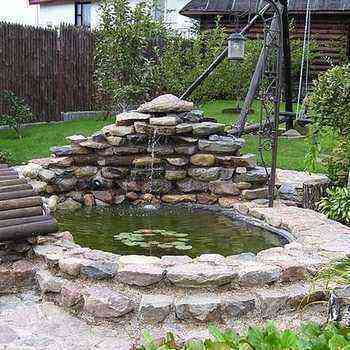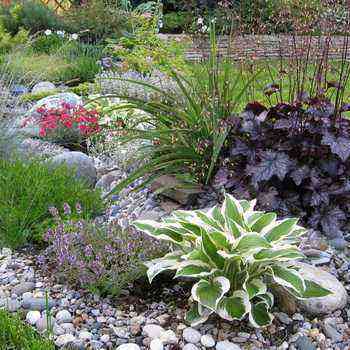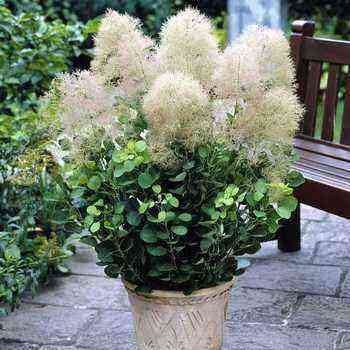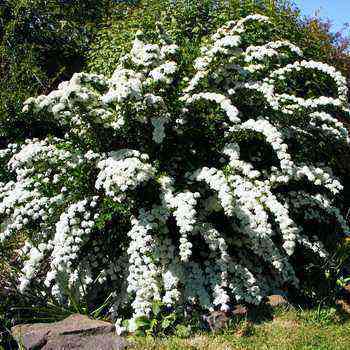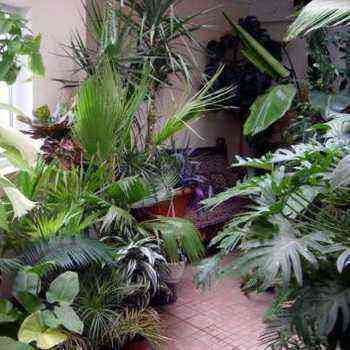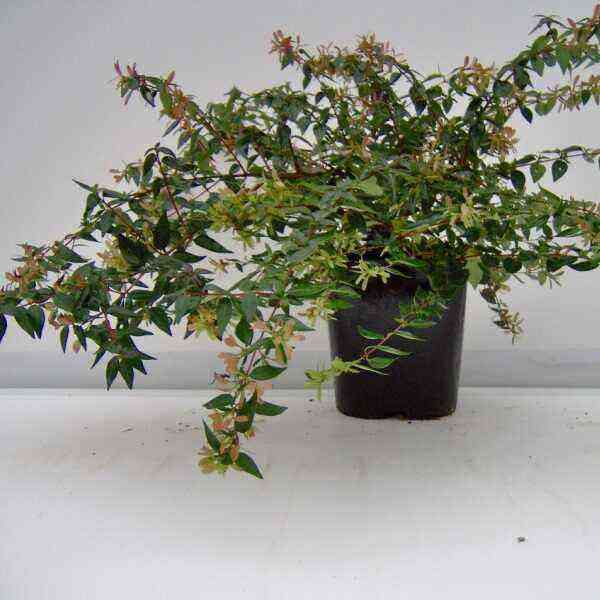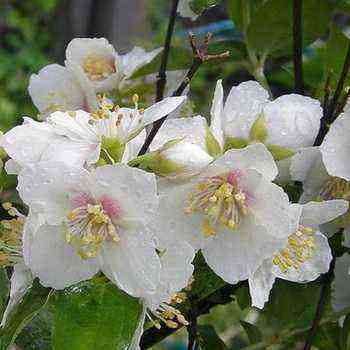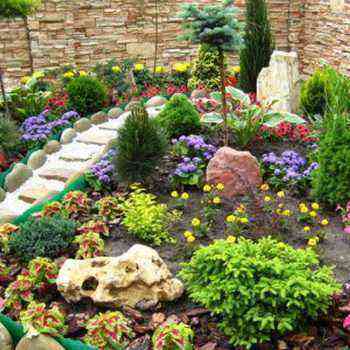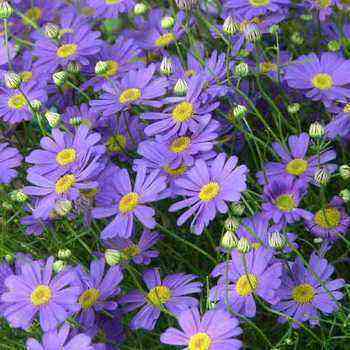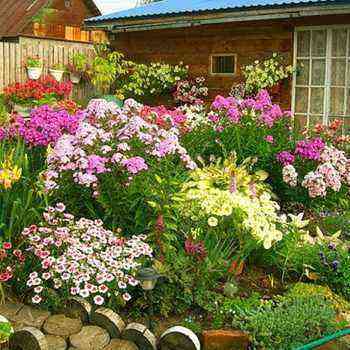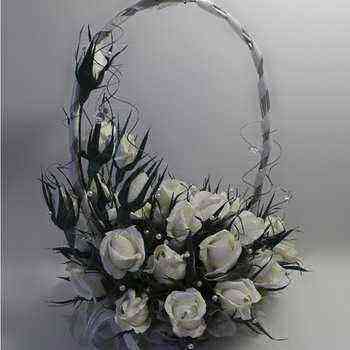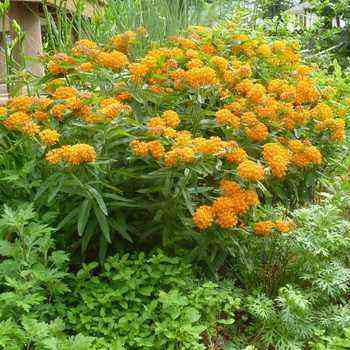Aucuba japonica or golden tree belongs to the dogwood (turf) family. It is an evergreen plant with large, leathery, oval, smooth leaves, but small flowers, and reddish, yellowish or white fruits. It grows in Korea and Japan, on the Black Sea coast in the Caucasus and Crimea.
Aokiba means always green in Japanese.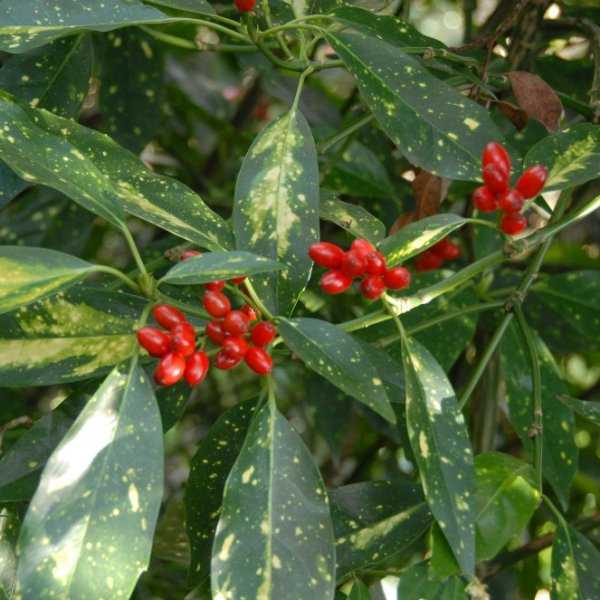
The height of the tree is up to 2-5 meters.
It is called the golden tree because it has the original color of the leaves, which glow like gold under the sun.
Aucuba blooms in early spring with dull dark red flowers in inflorescences in the form of a panicle and rarely bears fruit.
Japanese aukuba is also called a sausage tree, since even in southeast Asia they loved to smoke small pieces of meat in the smoke of its branches. This gave the meat a very good taste. The Europeans, having learned about this plant, began to call it “sausage tree” for this.
Aucuba Japanese is poisonous and hazardous to human and domestic animal health.
Look at the Japanese aucuba flower in the photos that are located on this page:
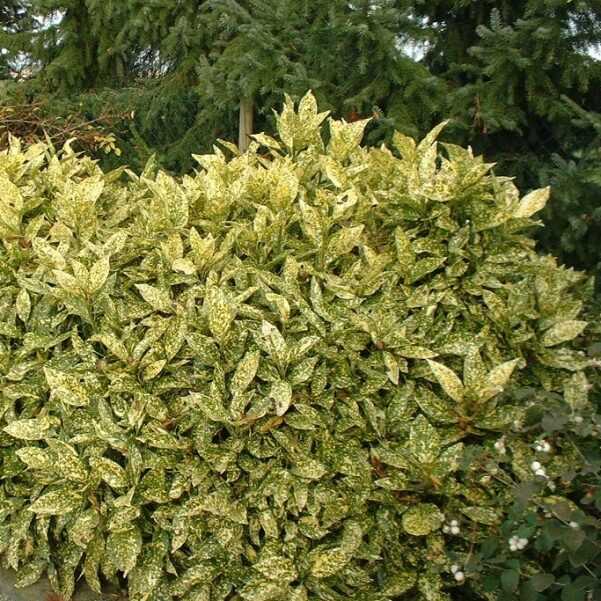
Caring for Japanese aucuba at home
Japanese aukuba is shade-resistant, gas-smoke-resistant, therefore it is often used for landscaping premises, decorating them in various organizations, as well as central highways in cities. Caring for Japanese aucuba at home includes simple rules for watering, soil selection. You can read about caring for Japanese aucuba at home further on this page.
During the period of the most active growth, Japanese aucuba is recommended to be watered regularly and in sufficient quantities, but be careful not to flood this plant. In winter, it is necessary to reduce the number of waterings, especially if the plant is kept in a cool room.
When watering Japanese aucuba, you should use soft water that has settled for a sufficient time and does not contain chlorine.
You should not allow sudden changes in temperature when growing Japanese aucuba, otherwise its leaves will begin to turn yellow.
Did the lower leaves of aucuba japonica turn yellow ahead of time? These are the consequences of irregular watering and large changes in temperature.
In winter, it is better to move the tree to a cool place if the aucuba is at home.
Japanese aucuba is propagated by cuttings.
In order to grow Japanese aucuba, it is advisable to use turf, leafy land and sand. It is possible to grow this plant with a special solution without soil. It will receive all the necessary nutrients from the solution in the quantities that are needed and in the correct amount.
Aukuba japonica grows very well when light falls on it, but not a direct beam, but a diffused one. The plant can be in the shade, but much more slowly. It is advisable to place Japanese aukuba in rooms where there is a lot of space, near balcony doors, for example. It also develops well on free window sills, which are located on the north side.
In the spring, when the frosts pass, the Japanese aucuba should be removed to the balcony or garden, where it is possible to plant the pot in the ground. If you do not want to bury the pot in the ground, then it is better to hide the Japanese aucuba in hot weather from the sun, otherwise the roots will overheat, which will adversely affect the plant as a whole.
If you have removed the flower to the balcony or garden, then you do not need to worry about the low air humidity. Aucuba is calm about this. But in winter in apartments with central heating, the air for the plant will be too dry, so it is better to spray it with water regularly. 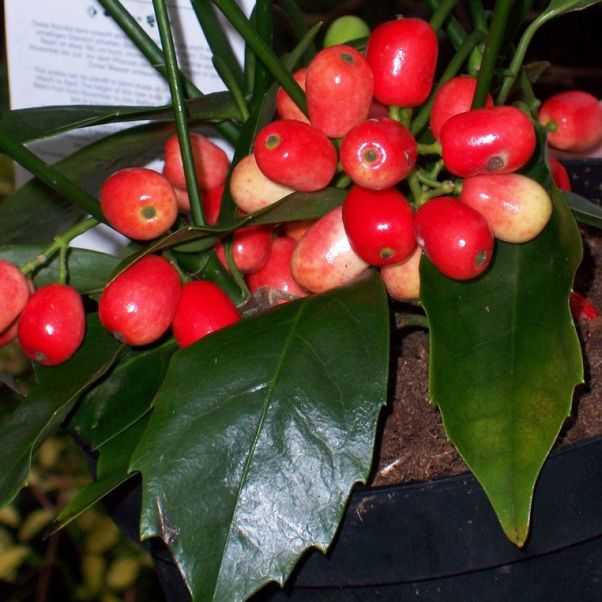
The roots of Aucuba japonica are very fragile, so it is not recommended to repot it often.
The flowers of the Japanese aucuba are small, red, collected in panicle-shaped inflorescences. Of course, they do not decorate the flower. The fruits are small red berries. They taste like dogwood. They are used for culinary purposes.
Aucuba is a plant in which male and female flowers are present on different individuals, but male and female plants cannot be distinguished externally until the flowering period. If you grow a male and a female flower not on the street, but in an apartment and place them close to each other, then you can see beautiful red fruits during flowering, which are similar to those of dogwood. It is not just that the Japanese aucuba, which now belongs to the aucubus family, used to be referred to the dogwood family. 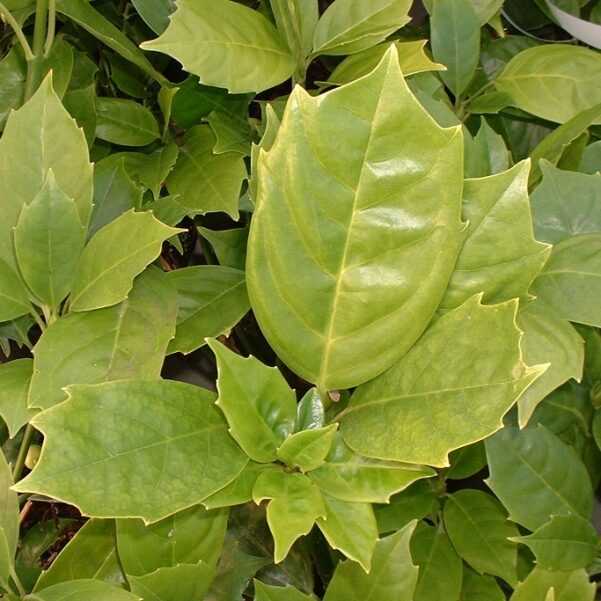
Bright purple female flowers can be seen in spring. If a male flower is planted next to it, then the female fruits will turn bright red. You can move pollen from a male flower to a female flower by artificial pollination.
If you see that there are fewer yellow spots on the leaves, then this means that the plant does not have enough light or feeding.
If black spots appear on the leaves, then it means that you water the plant too often.
Reproduction of Japanese aucuba
Aucuba japonica propagates using cuttings. In this case, they must have at least one or three leaves. The best time to propagate by cuttings is February or March.
In this case, it is recommended that the cuttings be placed in a mixture with peat and sand without fail. If there is no peat, then of course only one sand can be used. It is recommended to maintain the temperature for growing in this way at least 20-22 degrees.
Those cuttings that can take root, it is advisable to immediately plant one at a time in small flower pots. It is desirable to store them indoors, and not outdoors.
Young sprouts are recommended to be transplanted annually into pots that are larger than the previous pots. At the same time, you must be careful with the roots of the plant, since they are very fragile and can be easily broken.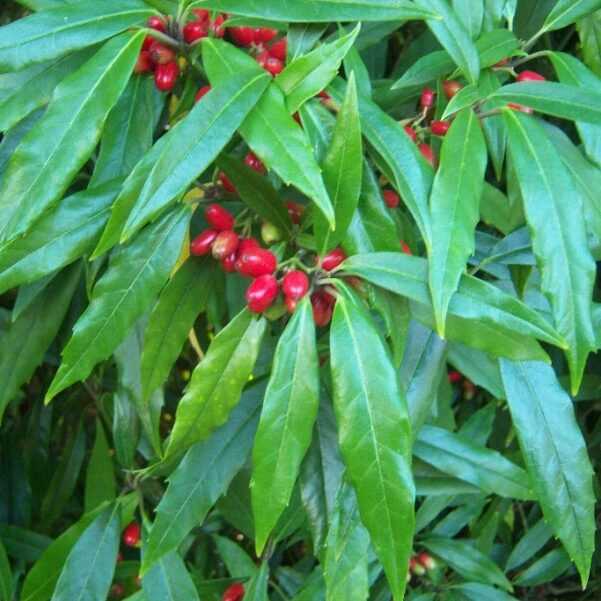
It is advisable to replant older plants once every three years.
In a very large in size and age Japanese aucuba, it is imperative to change the topsoil every year. By the way, in pots it can live up to ten years.
Japanese aukuba can also be propagated using seeds. But plants grown this way grow much slower. Also, when propagating by seeds, unfortunately, the varietal color of the leaves of the aucuba is not transmitted, therefore its variegated varieties are recommended to be propagated only by cuttings.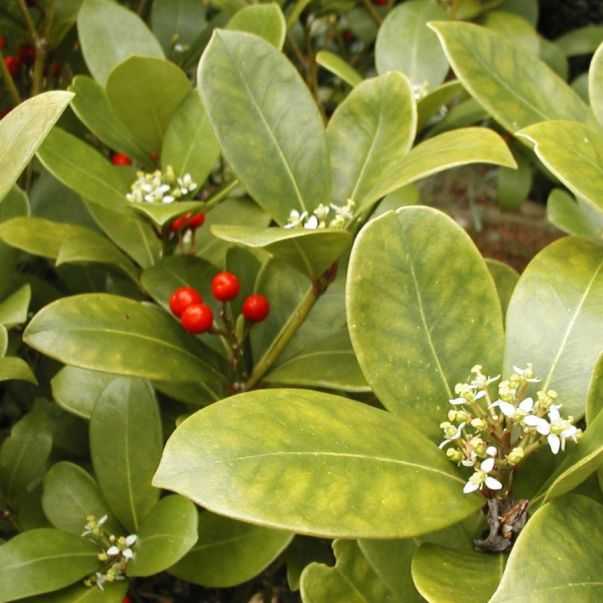
Experts in the field of biology recommend pruning due to the fact that, thanks to this, the crown of the plant becomes thicker and lush, which attracts the eyes of people.
In young plants, it is advisable to pinch the growing shoots. This will help the plant to branch out as much as possible, which will also give it splendor and beauty.
